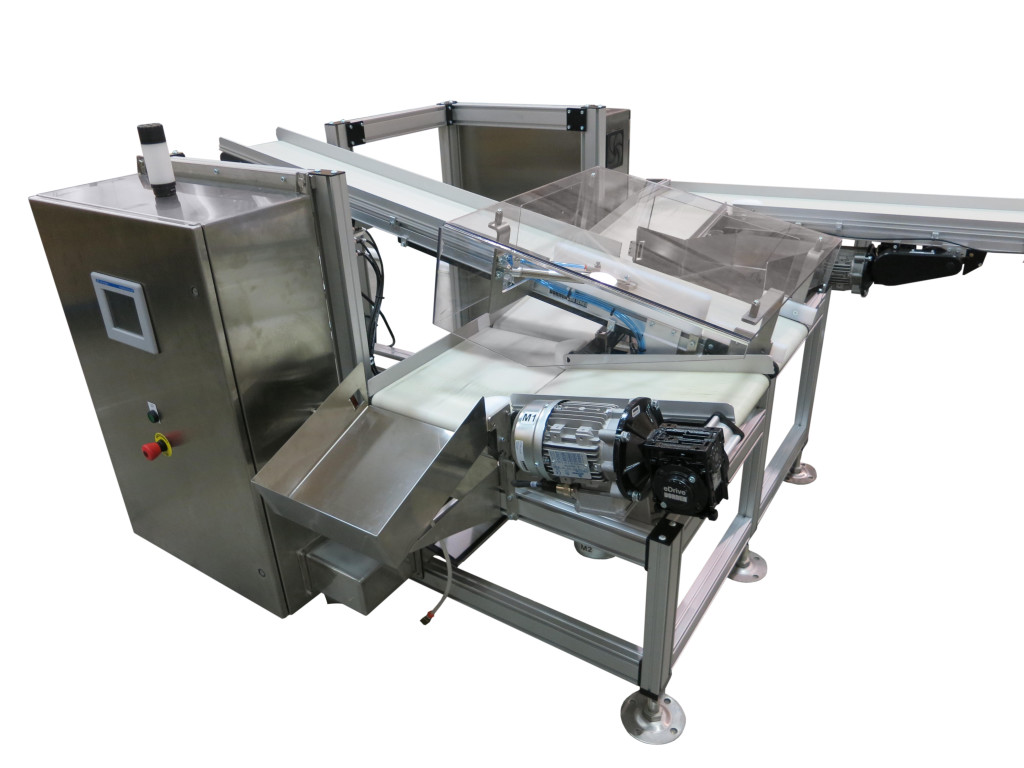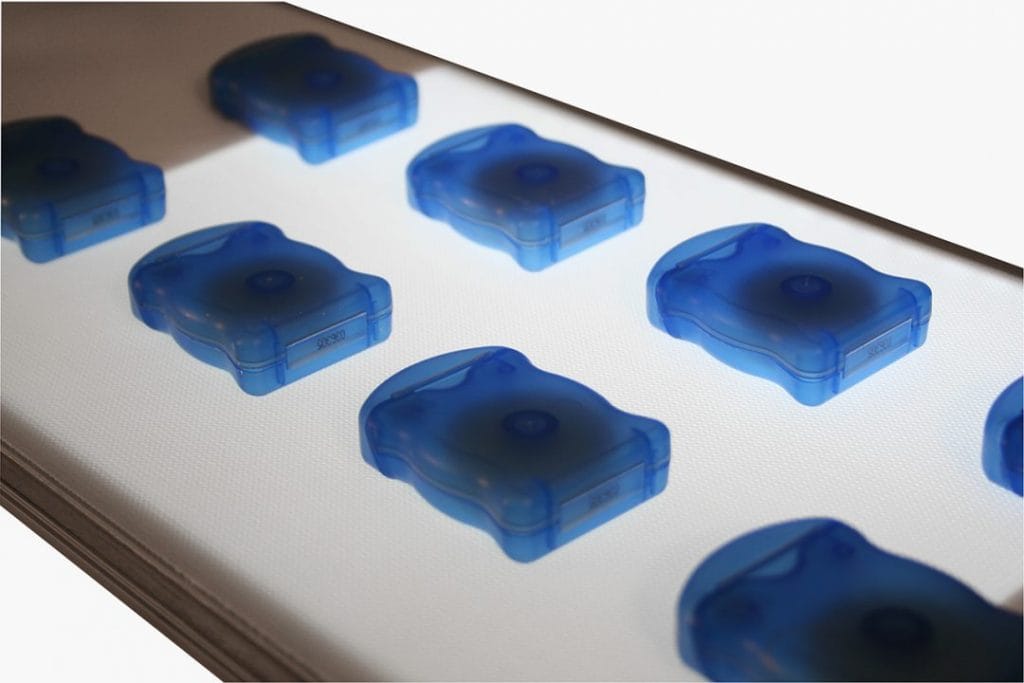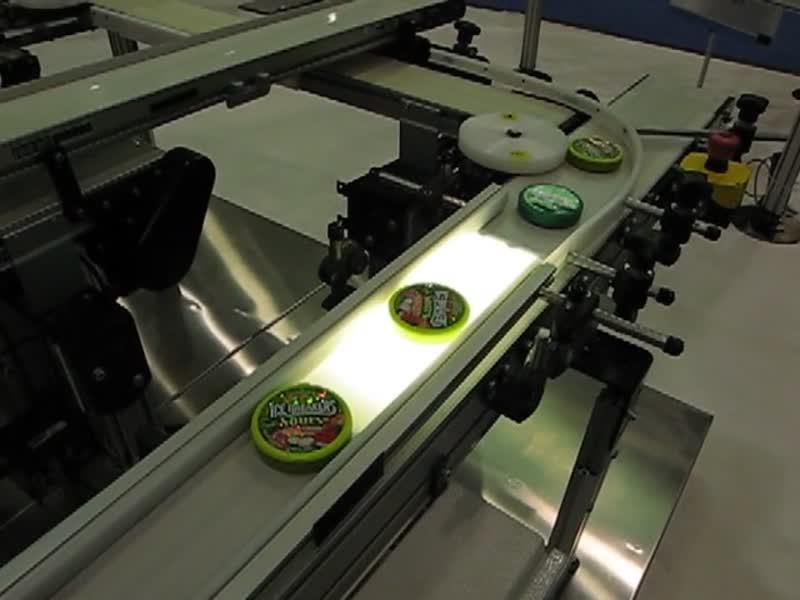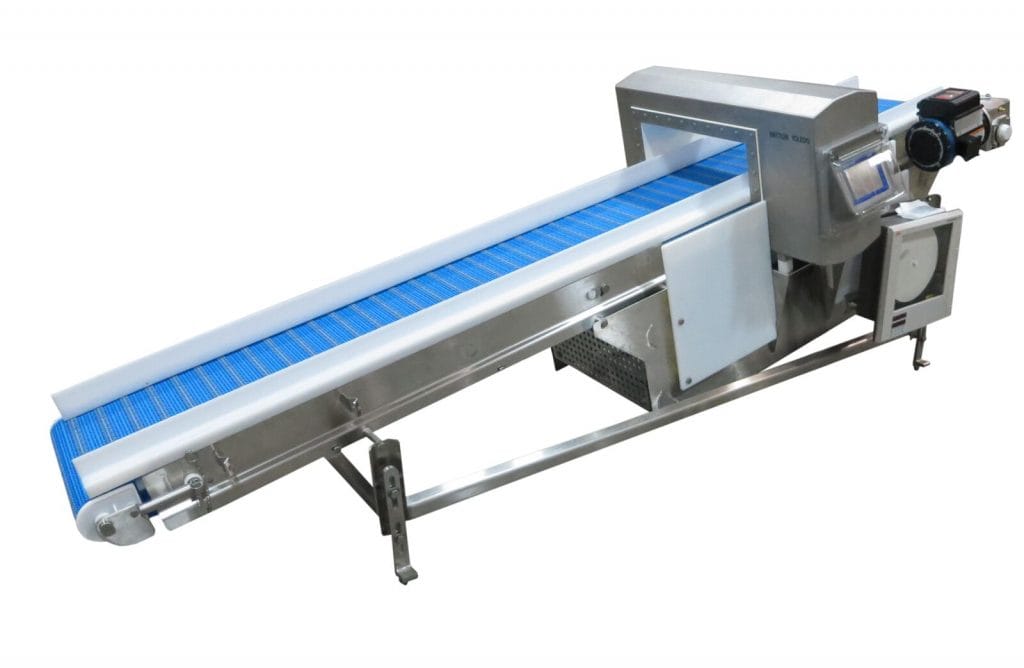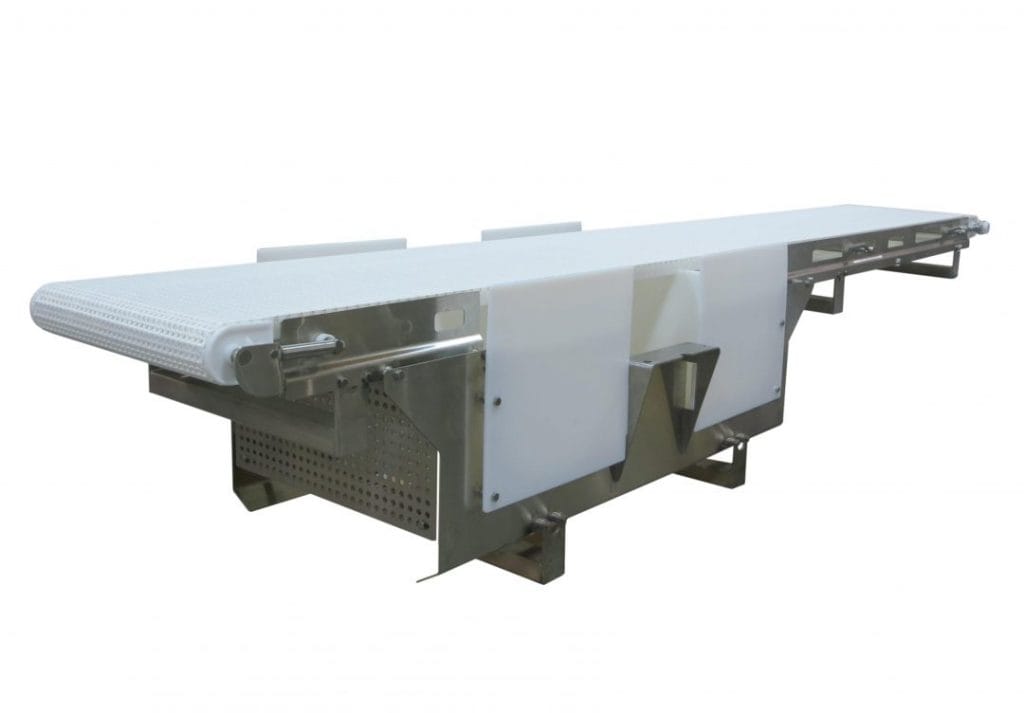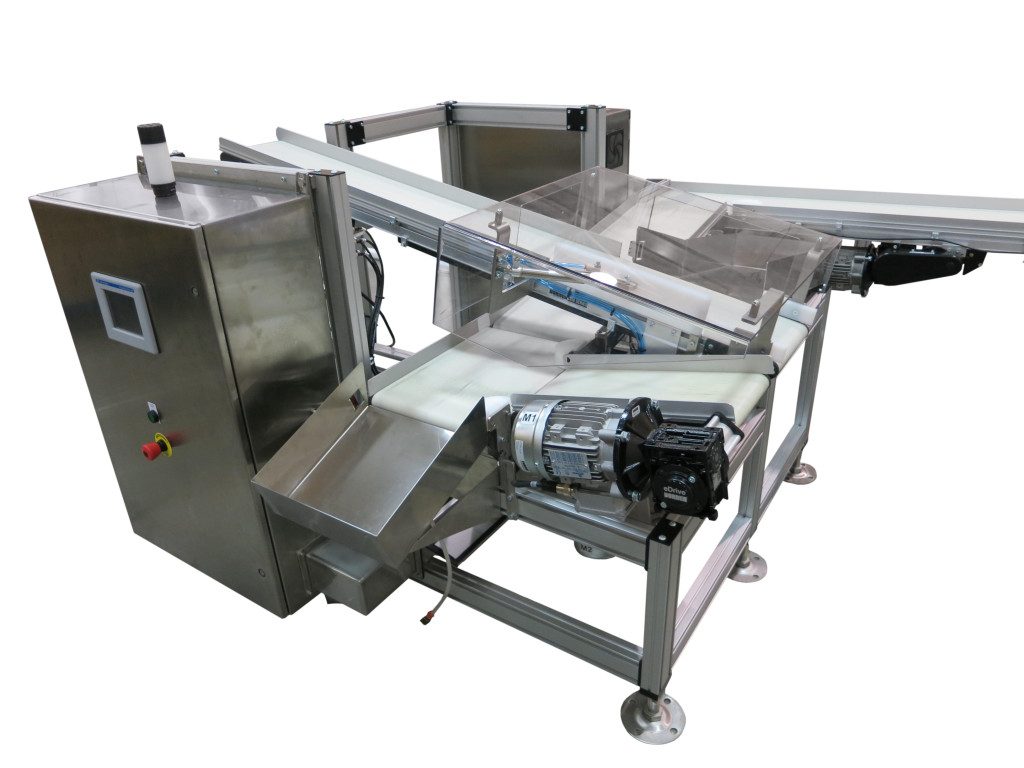Engineered Solutions
Inspection & Testing
The Importance of the Right Inspection and Testing Conveyor
Product inspection and testing is a key process in most manufacturing facilities to ensure quality product as well as product safety. Whether your team needs to test a product to make sure it works, inspecting food or pharmaceutical drugs for safety, or simply examine a product’s weight, size or shape, you can trust that Dorner offers a variety of inspection conveyor solutions!
In-line inspection processes can be automated and enhanced using a variety of conveyor modifications that are bound to improve your business’ productivity and even provide a boost to employee safety.
For full integration applications, Dorner’s wide distribution network offers complete solutions, including robotic integration, to help your facility get the equipment it needs. We’ll take a look at some of these complete integrations so you can see how inspection conveyors play a critical part along a product’s journey on a process line.
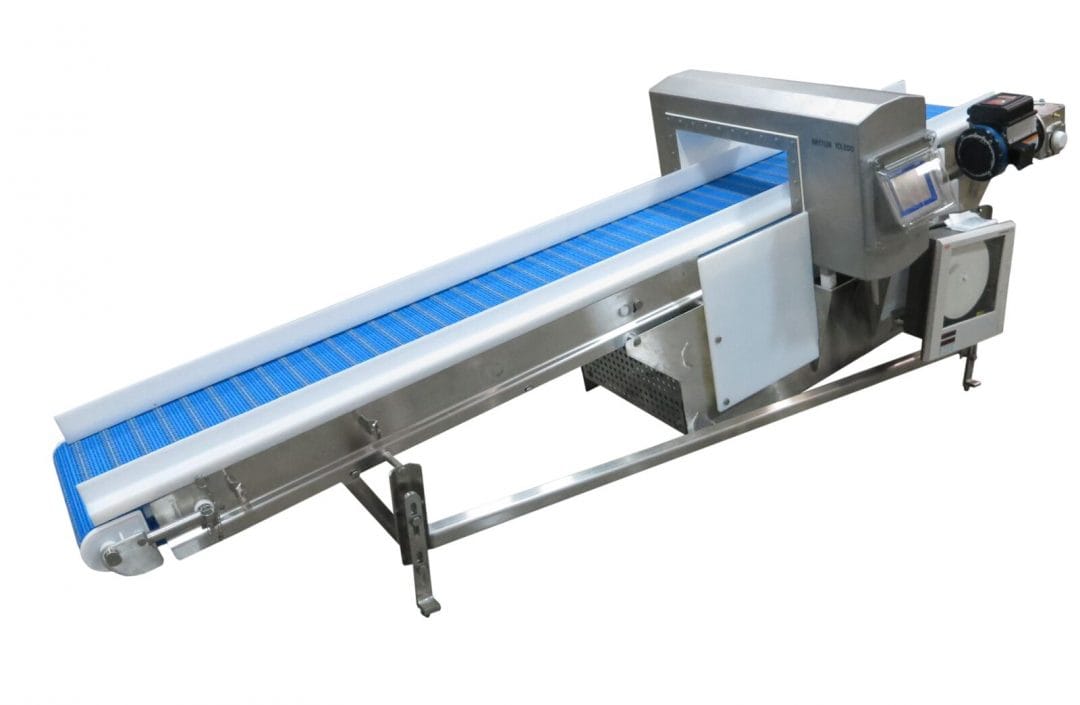
In-Line Inspection Process
The in-line inspection process for inspection conveyors runs the gamut to help businesses ensure that their products work, are safe to use and meet specifications.
Let’s explore these different conveyor testing processes before presenting how inspection conveyors are used as part of fully integrated systems.
Inspection Conveyors to Ensure Products Work
Inspection conveyors can help test various kinds of product attributes on the line to ensure that product is the highest quality before it moves to the packaging phase. This valuable form of conveyor testing can help prevent malfunctioning or outright broken product from making it any farther along your production line adding more cost.
Different conveyor belt inspection solutions can introduce manual or automated control in helping remove damaged product from your line.
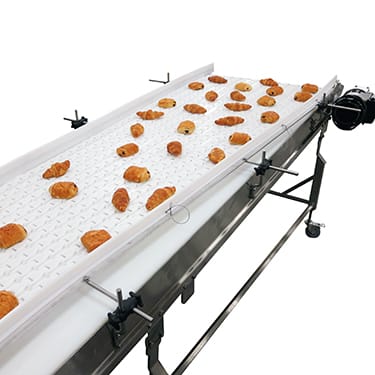
Inspection Conveyors to Check Food or Pharmaceutical Drugs for Safety
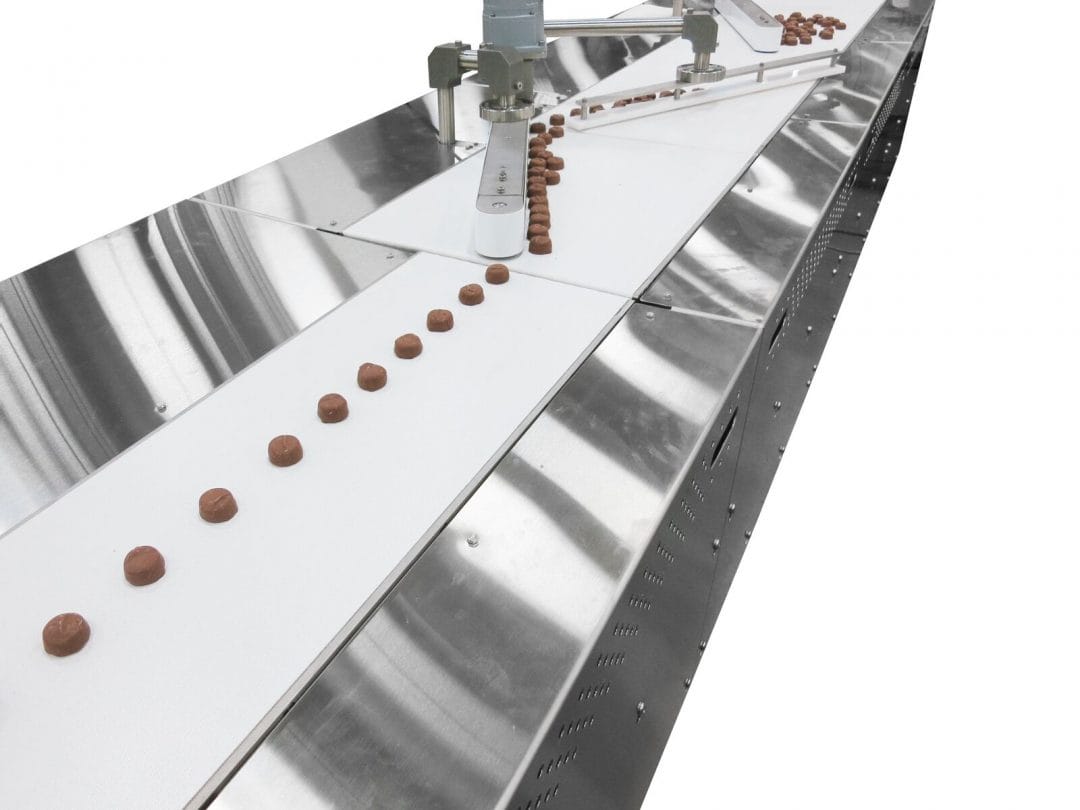
Inspection Conveyors to Ensure Weight, Size and Shape Meet Specifications

Full Integration Applications
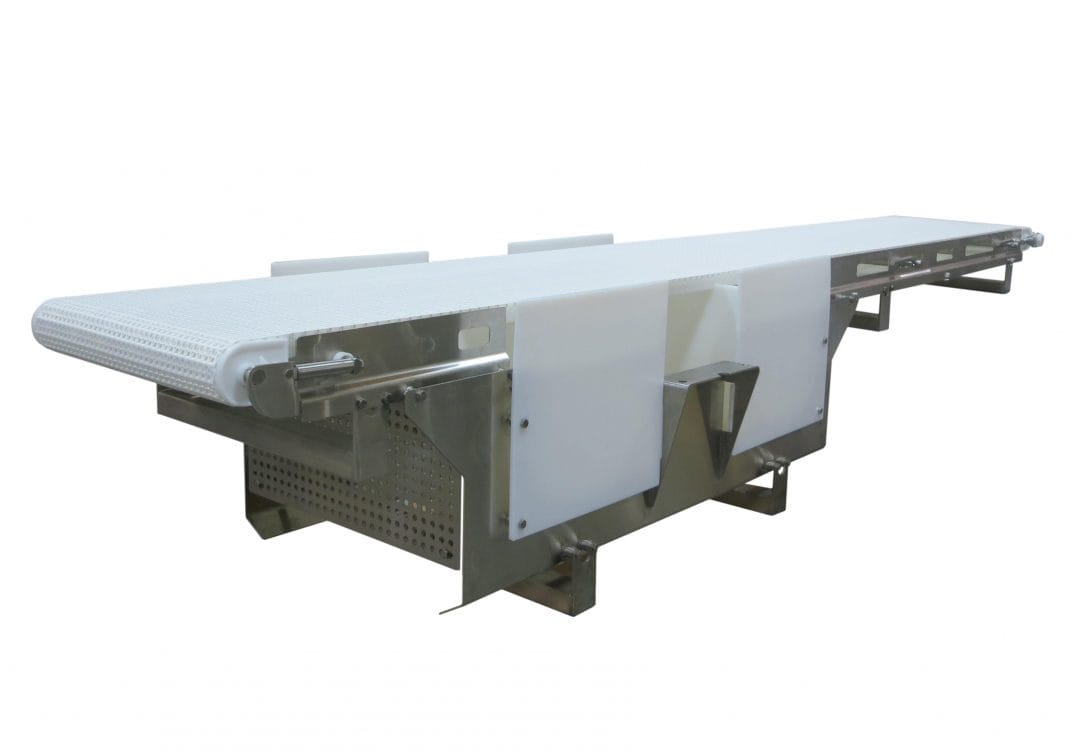
Inspection Conveyors Used as Metal Detectors
Safety is a key concern for businesses producing foods. It is absolutely necessary for food manufacturers to ensure that food product on their lines are safe and free from contamination with metal and any other objects. Food companies turn to conveyance companies such as Dorner for help in rejecting questionable products.
In one case, Sandridge Food Corporation, an Ohio-based fresh-foods manufacturer, invested in a new packaging conveyor line that brings product directly from the food mixers. This new Dorner AquaPruf 7400 Series plastic chain sanitary conveyor system packages product into adjacent containers weighing 1, 3 or 5 pounds apiece. Once containers are packaged and capped, they are diverted into a single line and staggered so they can be checked in the metal detection unit.
One special feature of Dorner’s AquaPruf 7400 Series conveyors is that they can fit into existing metal detection units. This feature proved to be very beneficial to this customer, which required a solution on an accelerated timetable and could not wait for a new metal detection conveyor system to arrive.
Rejection conveyor systems offer companies a range of possibilities when it comes to removing product from their lines. The line can simply stop, with an alarm sounding until an employee can remove the questionable product. In another scenario, a retractable conveyor may automatically retract a tail, dropping the questionable product into a reject bin. These solutions are especially valuable on floors where space is at a premium and in facilities in which employees can’t be spared to monitor product that fails inspection.
Dorner is the conveyor industry’s top retractable conveyor manufacturer, producing solutions for industrial and sanitary environments.

Precision Move Conveyors Are Valuable During Inspection and Testing
Some businesses require pinpoint positioning and parts routing for assembly, robotic and inspection applications, and Dorner’s Precision Move Conveyors are ideal in these cases.
Dorner utilized its 2200 Heavy Load Precision Move Pallet Conveyor for one customer that needed to move 80-pound battery cells placed in steel modules. This application the Dorner team created is unique because of the battery’s weight and the need for electrostatic dissipative timing belts. These belts were required because batteries are being conveyed without using pallets.
This custom conveyor solution features a laser welder on our 2200 Series Heavy Load Precision Move Pallet Conveyor feeding the battery, which is then transferred 90 degrees via a Lift and Transfer Module. When the lift is in the middle position, it stops the battery on the conveyor, with the lift then moving to the up position and moving the battery onto the transverse conveyor.
Next, the battery travels to an enclosure unit built with a Lift and Rotate Module. These modules operate by pneumatically lifting from the conveyor’s center and rotating to the orientation desired. These Lift and Rotate Modules can support 200 pounds and feature a sensor mount track for lift cylinders and rotation cylinders along with breakaway magnetic coupled rotation plates to help ensure product safety.
After the battery leaves the enclosure, it reaches a pair of pneumatic Stop and Lift Modules that are operator assembly stations. All Stop and Lift Modules on this custom solution are fashioned with cushioned pallet stops that are pneumatically activated with a spring return. The battery then moves on to a second Lift and Transfer Module where it is transferred 90 degrees left or right to a testing station.
Lastly, the battery returns back to the Lift and Transfer Module after it has been tested. This module drops to enable the battery to pass over the unit. This custom solution also features E-stop/release push button stations that work in unison with the Stop and Lift Modules. Once the battery has traveled through the last two Stop and Lift Modules, a crane picks the battery from the line, moving it onto the next phase of production.
In this special solution, the customer is able to process 20 batteries an hour while improving employee safety through use of a protective belt when conveying conductive materials that can produce electrostatic charges.
Dorner’s Precision Move Conveyors, which includes its 3200 Precision Move Conveyors, are Clean Room certified and can deliver expanded functionality to applications such as visual inspection, machine integration and robotic pick-and-place. They can also provide precision indexing, accurate part positioning, timed conveying, and sheet or wide part handling.
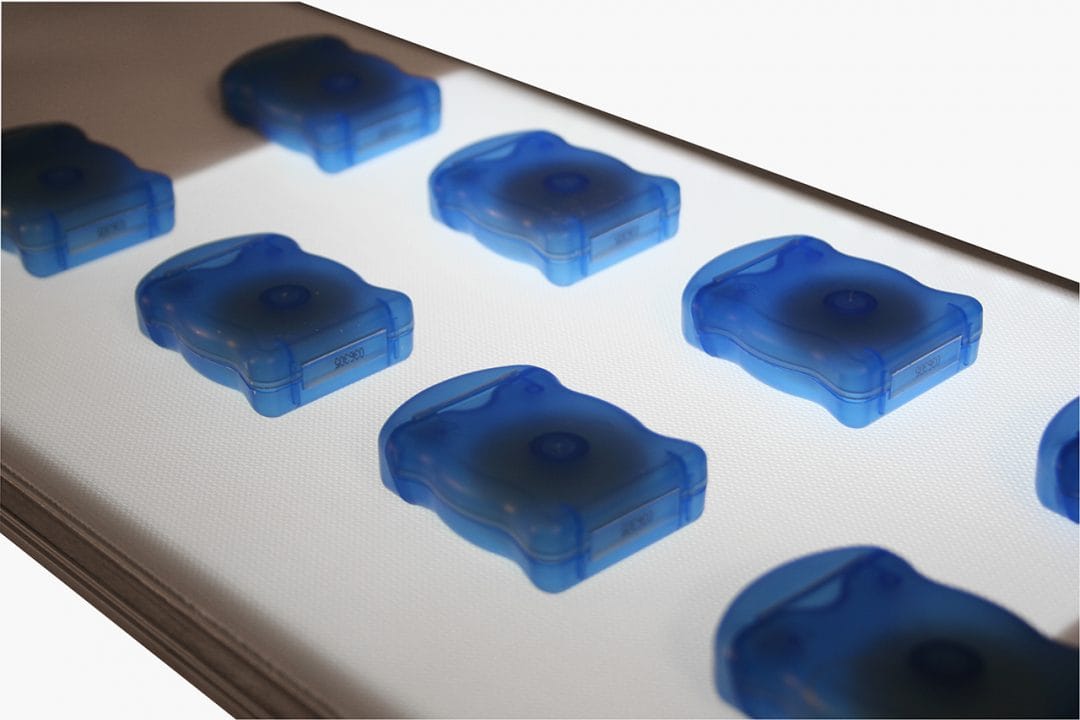
Backlit Conveyors Used As Vision Inspection Conveyors
Light can be utilized as part of the conveyor testing process. Dorner’s small-scale 1100 Series Conveyor Platform is the industry’s smallest conveyor, boasting a ¾-inch frame height, and features an LED light that helps deliver contrast between product and conveyor belt for visual inspection and a vision system interface.
The 1100 Series Conveyor Platform is flexible to be used in diverse applications, with parts able to be stopped directly over lighted sections or move along without interruption. Its special design offers LED panel access without having to remove the belt. Different-colored belts can be used to provide contrast against product.
Businesses appreciate the 1100 Series Conveyor Platform’s low profile, helping the machine fit into very tight spaces while making room for more machines and employees. It is Clean Room Class 100 certified and used for medical, pharmaceutical, life sciences and industrial applications.
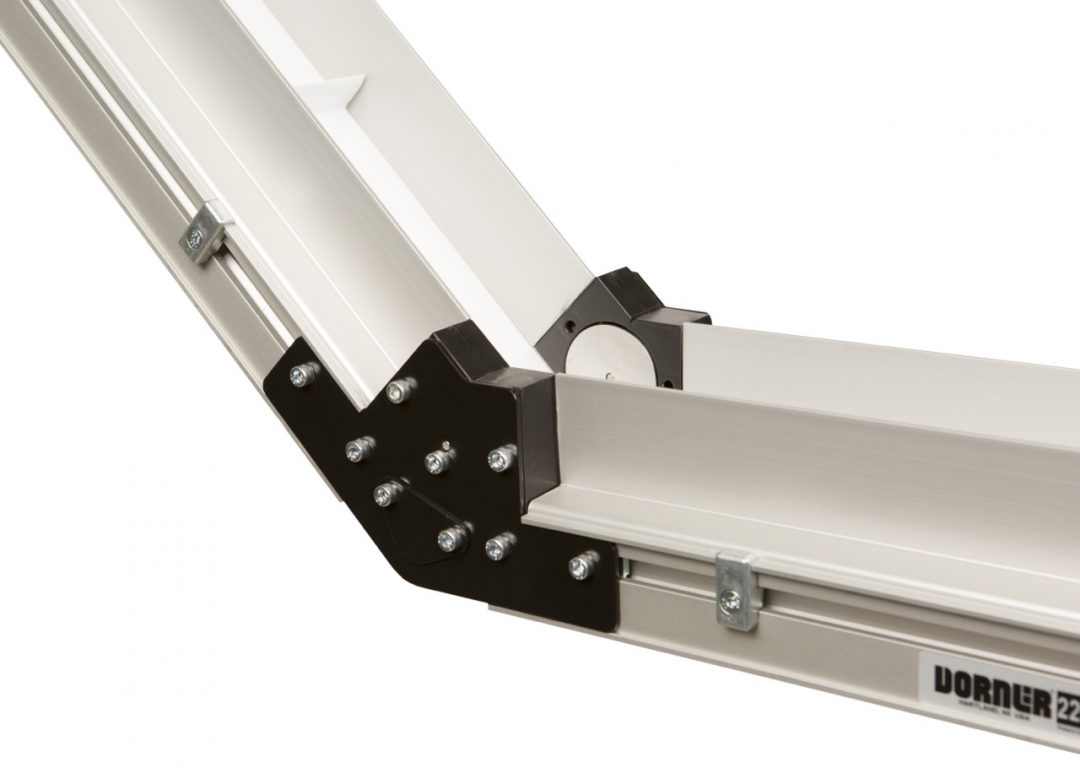
Low-Profile Conveyors are Ideal for Integration With Inspection Conveyors and Testing Systems
The low profile of Dorner’s 2200 Series Conveyors and 1100 Series Conveyors, including our 1100 Miniature Belt Conveyors, makes these machines ripe for easy integration with your facility’s conveyor inspection and testing systems.
Our 2200 Series Conveyors are perfect for integrating with new and existing equipment, thanks to a narrow profile that enables them to be tucked under and inside machinery. This helps make Dorner’s 2200 Series Conveyors suitable for part removal and product handling. The 2200 Series Conveyors’ Precision Move feature gives businesses greater product control and accuracy along with the capability of visual inspection.
Dorner’s 1100 Miniature Belt Conveyors feature a pinch-drive design, with low belt tension that virtually eliminates belt stretching while enabling operation free of maintenance. Its T-slot allows for a T-bar to be used for ease and flexibility in mounting components or accessories used for automation purposes.



